Very common we hear ON/OFF, HIGH/LOW, 1/0, or something similar in digital system. It is called binary. I would like to know what is the very basic component to generate such that binary system? I have searched to know about it, but I could not find. I know about transistor used to make logic gate or even processor. But that component still need to be triggered or fed with binary, to ON or to OFF the input (either base or gate). I doubt the component to generate such LOW/HIGH or ON/OFF is clock as it is work constant. If it is the thing, then how it change to one state to another state?
So my question, what is the very basic component to generate that binary system? There is one similar post here, but is is about logic gate. What I am asking is component, a level of transistor or Christal clock, not logic gate.
